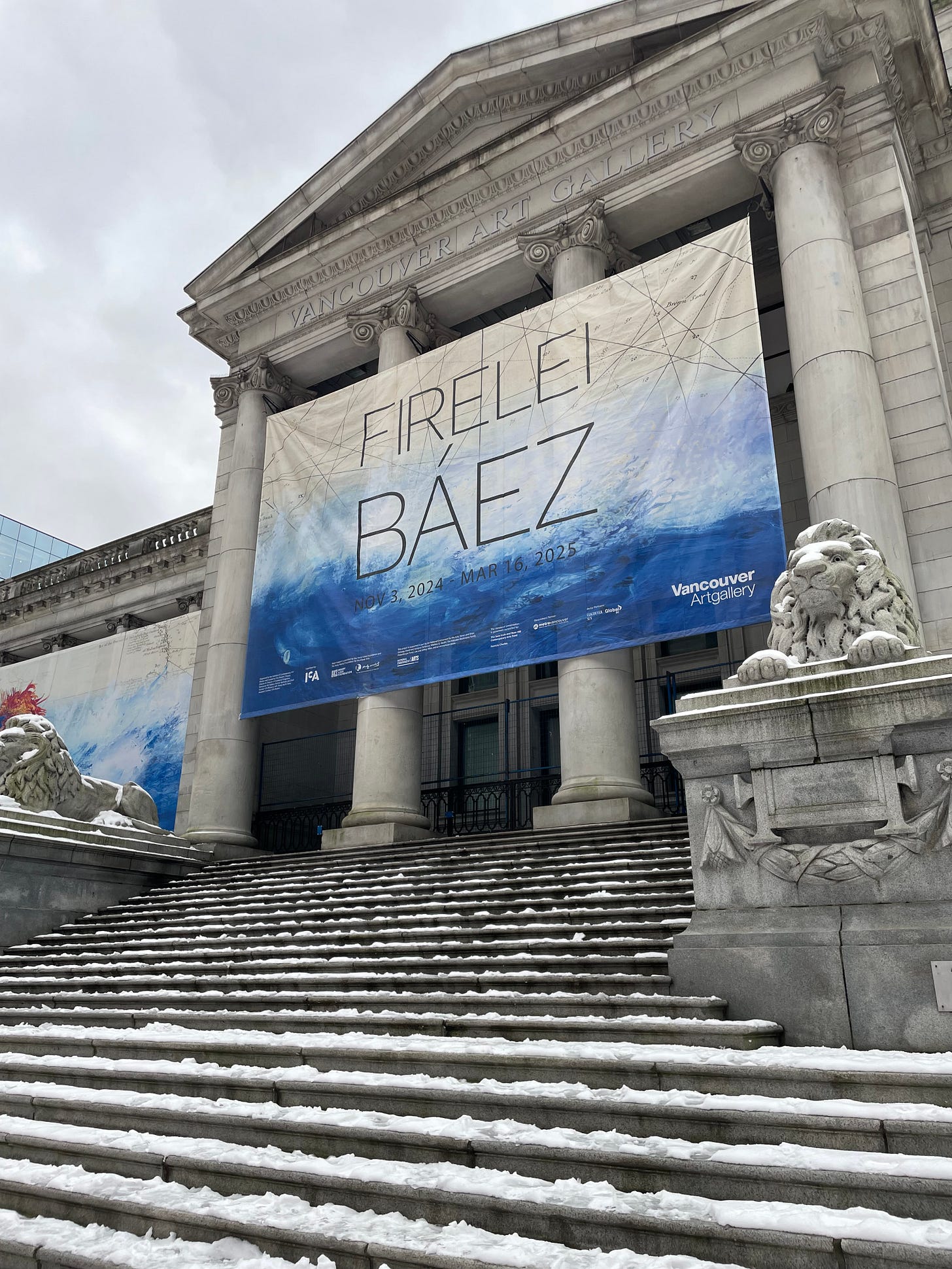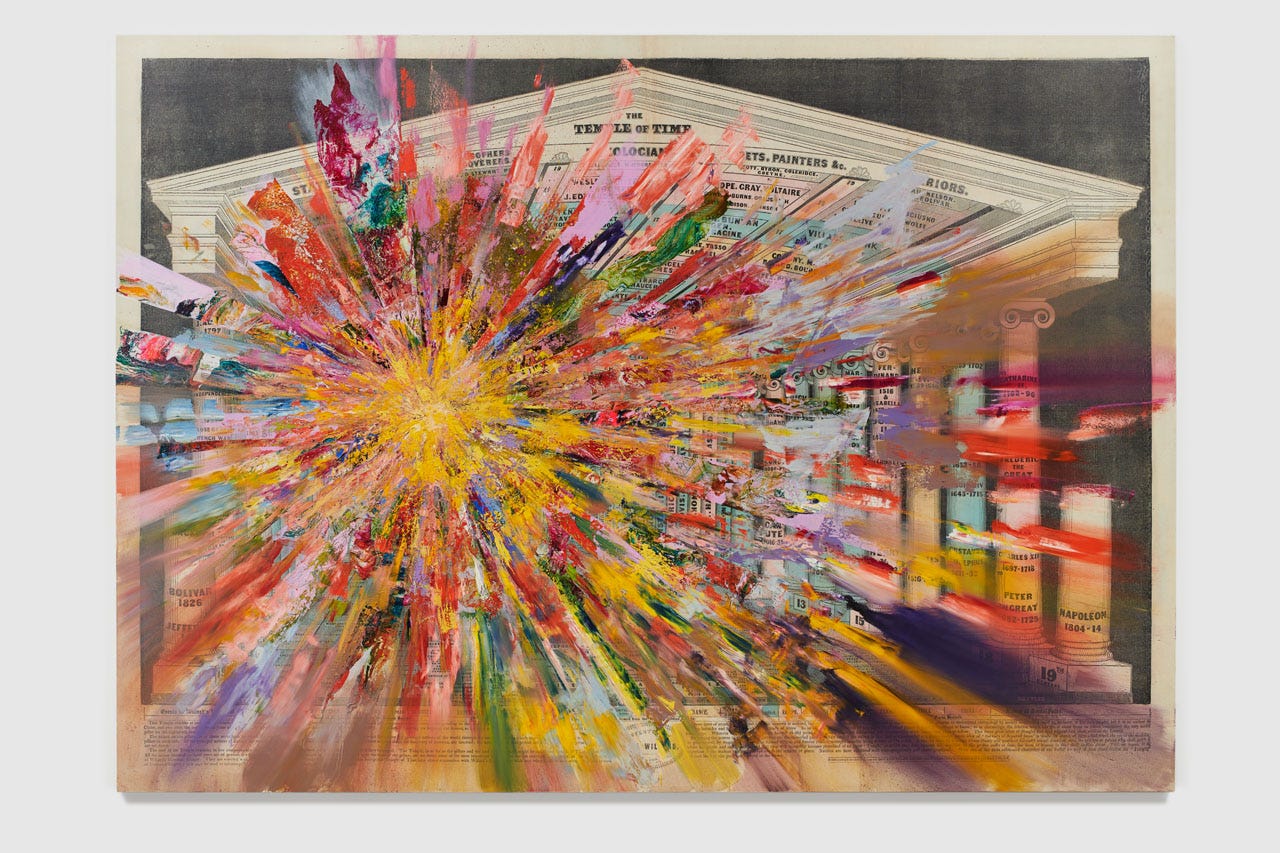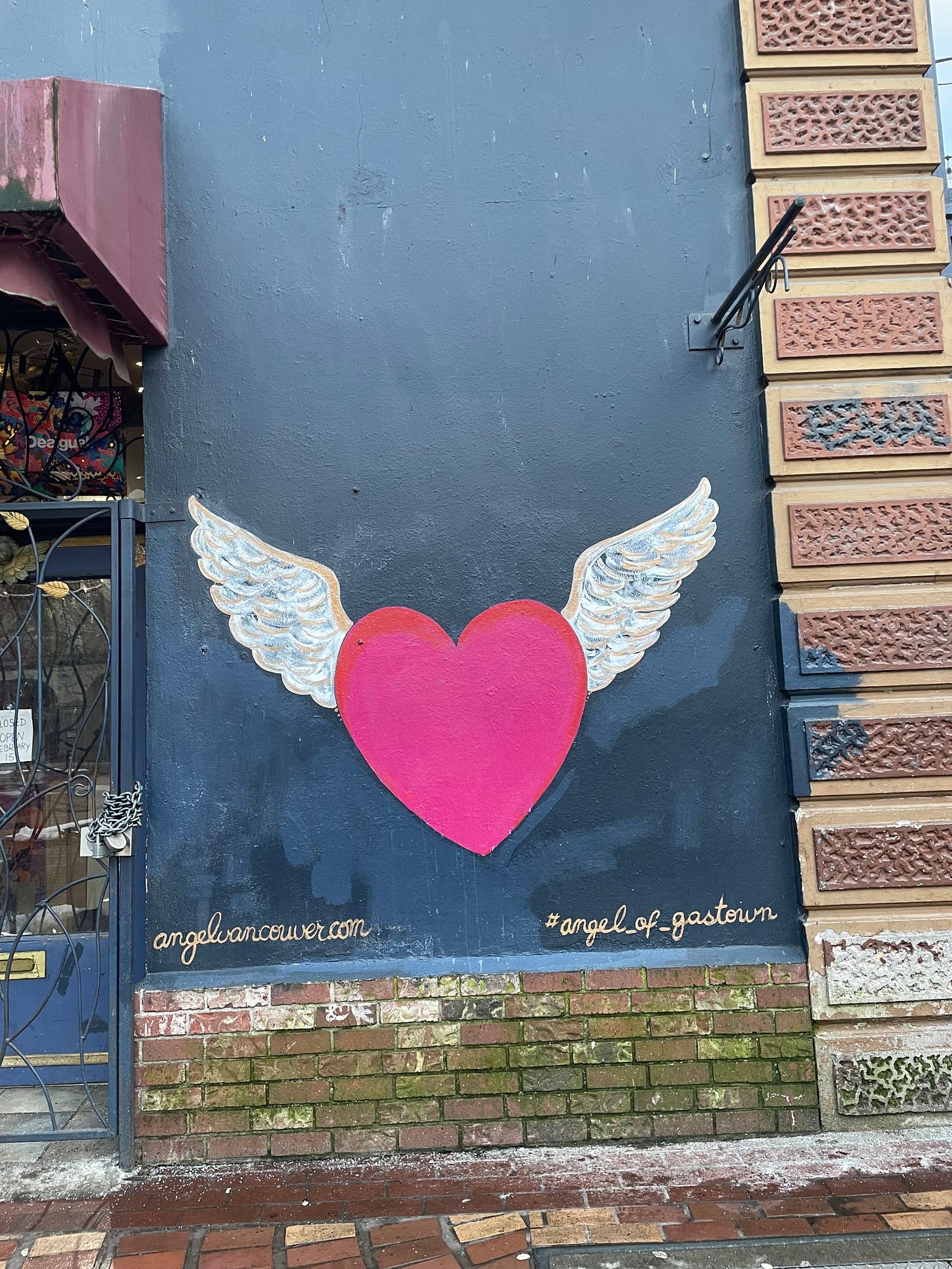In early February, I visited the Vancouver Art Gallery in British Columbia. This institution has many paintings by Emily Carr—a landscape painter and writer that I admire—in their collection and a new exhibit of her work had recently opened called “Navigating an Impenetrable Landscape.”
Carr’s work is always stunning to see in person and I appreciate its vivid color and deep spiritual resonance. On one wall, they displayed a cluster of her iconic tree paintings against a dark green wall. The experience was much like that of walking into a deep forest.
While Carr was seen as an ambassador of sorts to the indigenous communities and landscapes she painted and admired in the early 1900’s, there is a lot of misunderstanding about the role she actually played in regard to cultural stewardship. The gallery addressed this in the context of this exhibit and you can read more about her work and complicated legacy here: https://www.aci-iac.ca/art-books/emily-carr/significance-and-critical-issues/
On another floor, there was a retrospective of the life and work of artist Shelley Niro. Niro is a member of the Six Nations Reserve, Bay of the Quinte Mohawk, Turtle Clan. Her paintings, sculptural installations, and photographs were spectacular and thought-provoking and displayed a lifetime of contemplation about equity, women’s rights, connection to Earth, and self-expression. While she is still actively making art, this display of her life’s work was humbling. I left with a lot to think about in terms of colonial legacies and the importance of art-making in our current cultural and political conversations.
On yet another floor, the work of Firelei Báez was on bold display. The explosion of color and complex ideas in her paintings was a powerful experience and I enjoyed learning about her career and on-going impact. According the the gallery, “Over the past twenty years, she has made work that explores the multilayered explorations of the legacy of colonial histories and the African diaspora in the Caribbean and beyond.”
The final exhibit was called, “Multiple Realities: Experimental Art in the Eastern Bloc, 1960s–1980s.” Of this exhibit, the gallery asks, “How do artists negotiate their daily lives, in which authority and power are made manifest through control and surveillance? What can we learn from the production, circulation and reception of art outside of capitalist economies, and how did restrictions imposed by authoritarian regimes inform artist practices?” Revisiting the political climate surrounding the the Cold War felt extremely prescient.

A day at a museum is never a bad idea. This trip up north felt very rejuvenating and, as you can tell, I am still processing what I saw and learned. I am embarrassed that this is the first time I have encountered the work of Niro and Báez. While the atmosphere in the United States feels especially chaotic (made intentionally so by our current administration) I returned home remembering that ART makes change and ART builds resilience. ART brings truth to history. While I am paying attention to news and this terrifying moment for democracy, I am also not letting the current chaos distract from the important art-making we all need to do to reimagine a new future.
We still have time to get it right.








